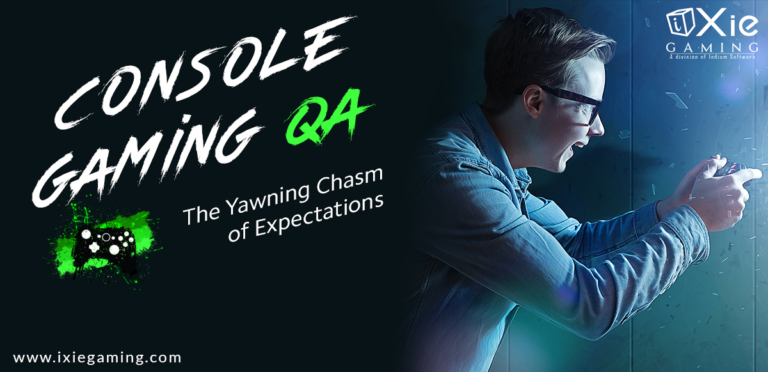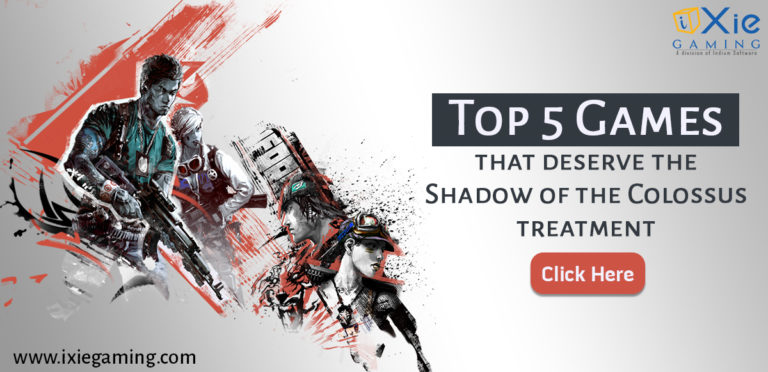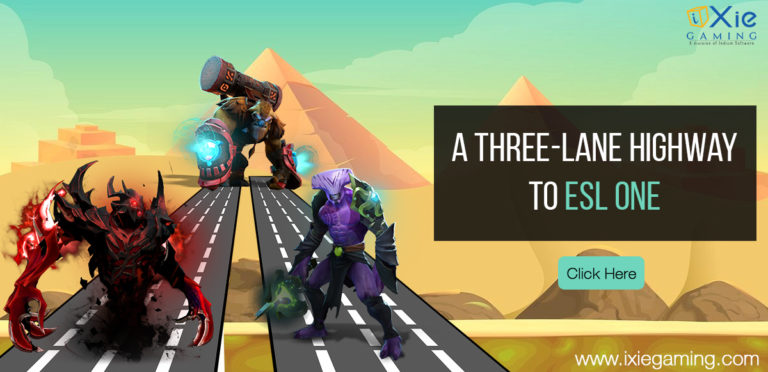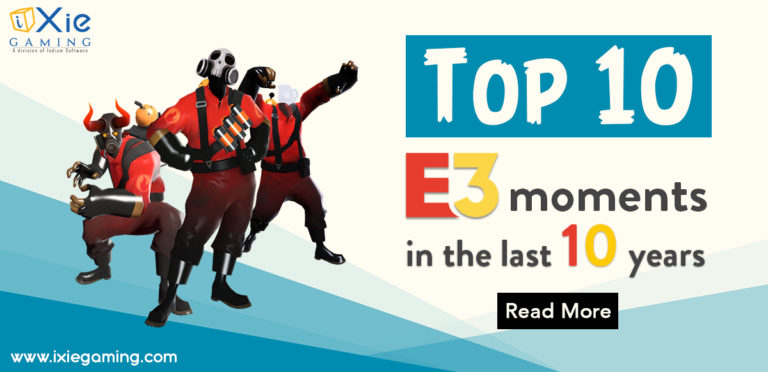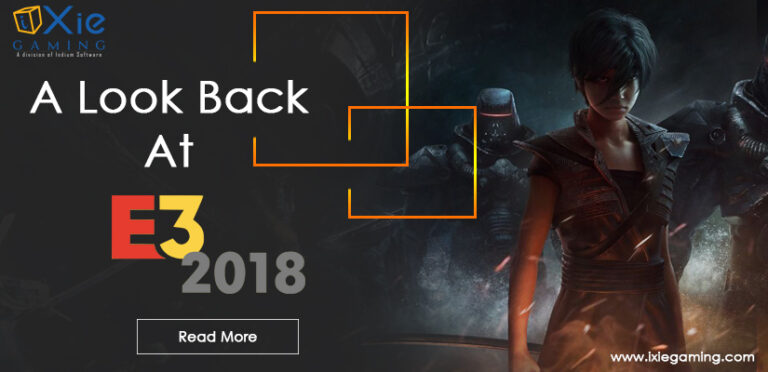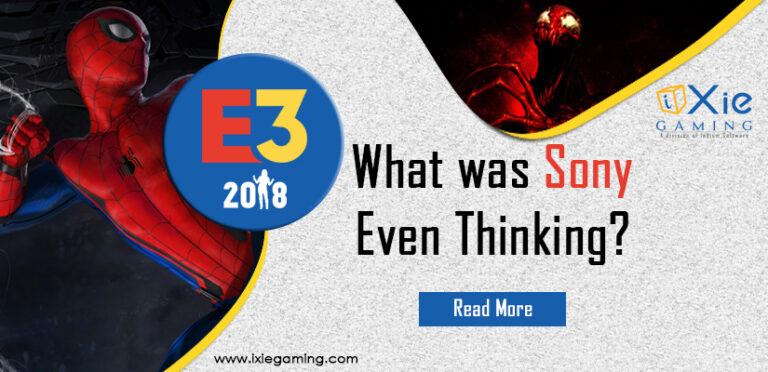Microsoft’s Series S and Series X consoles are just around the corner with release date and price already revealed. And the company has been firing on all cylinders in marketing, not just with the new consoles, but its GamePass subscription service as well.
This should not come as a surprise to anyone as the console maker has been putting their subscription service front and centre throughout the messaging and marketing right from the get-go of their new console generation.
Bottom line is that Microsoft cares more about whether or not you are a subscriber to the rather nominally priced service, than whether you buy their new console or not.
This also means that the company would throw as many options as possible at the service to make it more appealing to gamers worldwide. One such ancillary that comes bundled with the top tier subscription pack is Xbox Cloud Gaming, formerly known as Project Xcloud. But can Cloud gaming be the company’s Ace up its sleeve?
Listen to our Podcast on Games for Xbox in 2020
Not quite there yet!
Well…. Not quite. After being deployed as a preview program under the Project Xcloud badge for just under a year, the service saw a full launch – although in Beta – on 15 September 2020.
And in its current state the streaming service is a mixed bag of highs and lows. Let’s take a look at how Xbox Cloud gaming is tailor-made for Microsoft’s new business model and why it serves as a great value-add to GamePass, but not necessarily an alternative to consoles or PC.
Truly the Netflix of videogames.
The service boasts a fantastic selection of games ranging from top-of-the-line AAA titles to indie gems and everything in between making this one of the most robust line-up of games in a cloud gaming service yet.
So, in terms of the quality of the games available, Xbox Cloud is second to none. Especially when compared to the likes of Stadia or PlayStation Now. And this line-up is only going to be made stronger with future releases from Microsoft and their first party games being added to the library on day one.
Also Read: 5 Reasons Why Microsoft May Win Next Gen
Should Stadia be worried?
At first glance Xbox Cloud should make Stadia a pointless product. But in its current state the service does not quite match up to Stadia in terms of quality. Various outlets report that when directly compared with Stadia using the same network environment, Google’s service comes out on top in terms of latency management although not by a huge margin.
Plus, the service currently has its limitations as games currently stream at 720p and run on the Xbox One S platform, which means the service can see a significant upgrade with the inevitable migration to Series X platform. Things could be very different if that happens and perhaps Stadia should be better prepared for when Microsoft’s cloud platform gets better in the near future.
Work needed.
So, what is it that stops the service from being the best? Well, for one, Input lags are very prevalent according to many reviews and it varies between games. Generally, the more graphics intense the game is, the more it is observed.
This immediately makes the platform a not-so-ideal choice for a good number of games namely the likes of Halo and Forza which need precise inputs at any given time during gameplay. And in most cases, these were the results observed after fulfilling the minimum requirements of an internet connection with minimum of 10 MBPS download speed and a 5Ghz wifi.
So, the service is in beta for a reason and no doubt needs plenty of work. That said, the service does show promise as, according to various reviews, when it does work well it does offer a level of convenience and choice like never before. And this is a luxury that gamers can get used to if the service is brought up to the mark.
Ease of access
If you are in one of the many supported regions where the service is currently available, there isn’t a lot you need to get going. All you need is a GamePass Ultimate subscription, an Android phone or tablet, and a Bluetooth controller, like the Xbox one controller, Dualshock 4 (Yes, Dualshock 4) or any Microsoft supported controller and the aforementioned network environment. And you’re good to go. The are some fancy peripherals out there to help make your experience better, but you can make do without them just fine.
Inherent problems
If cloud gaming has taught us one thing so far, it is that no service is perfect. And Xbox Cloud does have its own set of problems. Firstly, the games you have access to are the ones available on GamePass.
So, you don’t technically own those games, and each game has the risk of being removed from the service when the company chooses to do so. So, if you have been investing 100-plus hours in a RPG reaching 70% of the game, you do stand a chance of not being able to complete it if Xbox cloud was your only mode of gaming. And there is no guarantee that any game you actually own will be part of the library that is available for streaming.
Secondly, the service may have seen a public release, but it is still in Beta which means various technical issues may still require ironing out. This also explains why big markets like India, where a service like this has huge potential has been left out as of now. If you want to get further insight on how India would serve as a great market for Xbox Cloud, check out our podcast on the same subject.
Conclusion
When project Xcloud was announced, speculations were rife that cloud gaming is the future and that it will replace gaming consoles very soon. While that is still a possibility, it is much far ahead in the future.
Microsoft is currently treating Xbox Cloud as value-add to GamePass and it is just that as of now. However, the service oozes potential for bigger things and is already giving other cloud services a run for their money while falling short only in a few areas.
The good news is that the only way to go from here is up and with the release of the Series X console and the migration of Xbox Cloud to that platform, it is only going to get better and better over time. Will Xbox Cloud eventually replace consoles? Who knows? Why not check out our most recent podcast that discusses just that. For now though, we’ll have to wait and watch how this platform evolves and what impact this will have on the market when it eventually arrives in India. That prospect does sound very exciting indeed.


